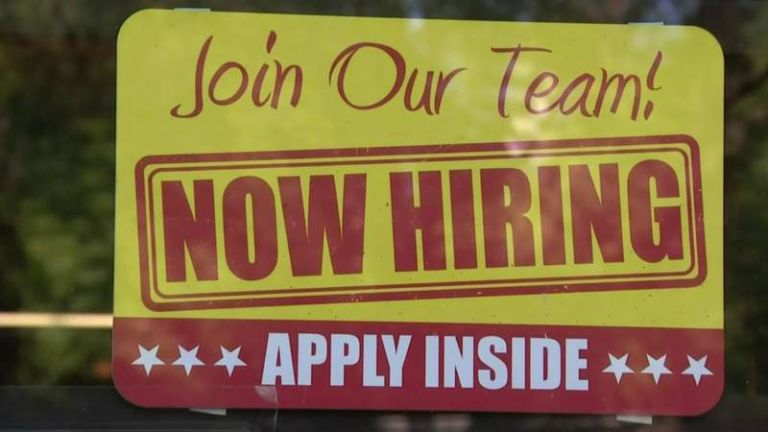Lawrence H. White reviews for Barron’s a new book, The Forgotten Depression—1921: The Crash That Cured Itself, which examines the federal government’s minimal response to the last major economic downturn before the Great Depression.
You might think that a book about a business cycle couldn’t be a page-turner, but think again. James Grant, of the long-running biweekly Grant’s Interest Rate Observer (and before that, a Barron’s columnist), turns “America’s last governmentally unmedicated depression” of 1920-21 into a riveting and instructive tale.
Grant crafts a drama that features major players in business and government on a stage built from the solid timbers of economic theory and statistics. But as he reveals in the preface, “The hero of my narrative is the price mechanism, Adam Smith’s invisible hand.”
Although not quite the forgotten downturn of the author’s title, the depression of 1920-21 has not received the scrutiny it deserves. The instructive lesson of the story is that the federal government “met the downturn by seeming to ignore it—or by implementing policies that an average 21st century economist would judge disastrous”—and the hands-off approach actually worked.
Prices were allowed to fall rapidly—14% a year by one measure—between June 1920 and December 1921, faster than they would at the start of the Great Depression. Yet, real output contracted much less in the earlier downturn, followed by a “powerful, job-filled recovery.”
That belies the common view, practically a mantra for former Fed Chairman Ben Bernanke, that falling prices are a source of trouble. It supports instead a less-fashionable perspective, long advanced by the economist Leland Yeager, that once aggregate demand has fallen, faster downward price adjustment reduces the loss of real output. In other words, falling prices are not a calamity, but a cure.


